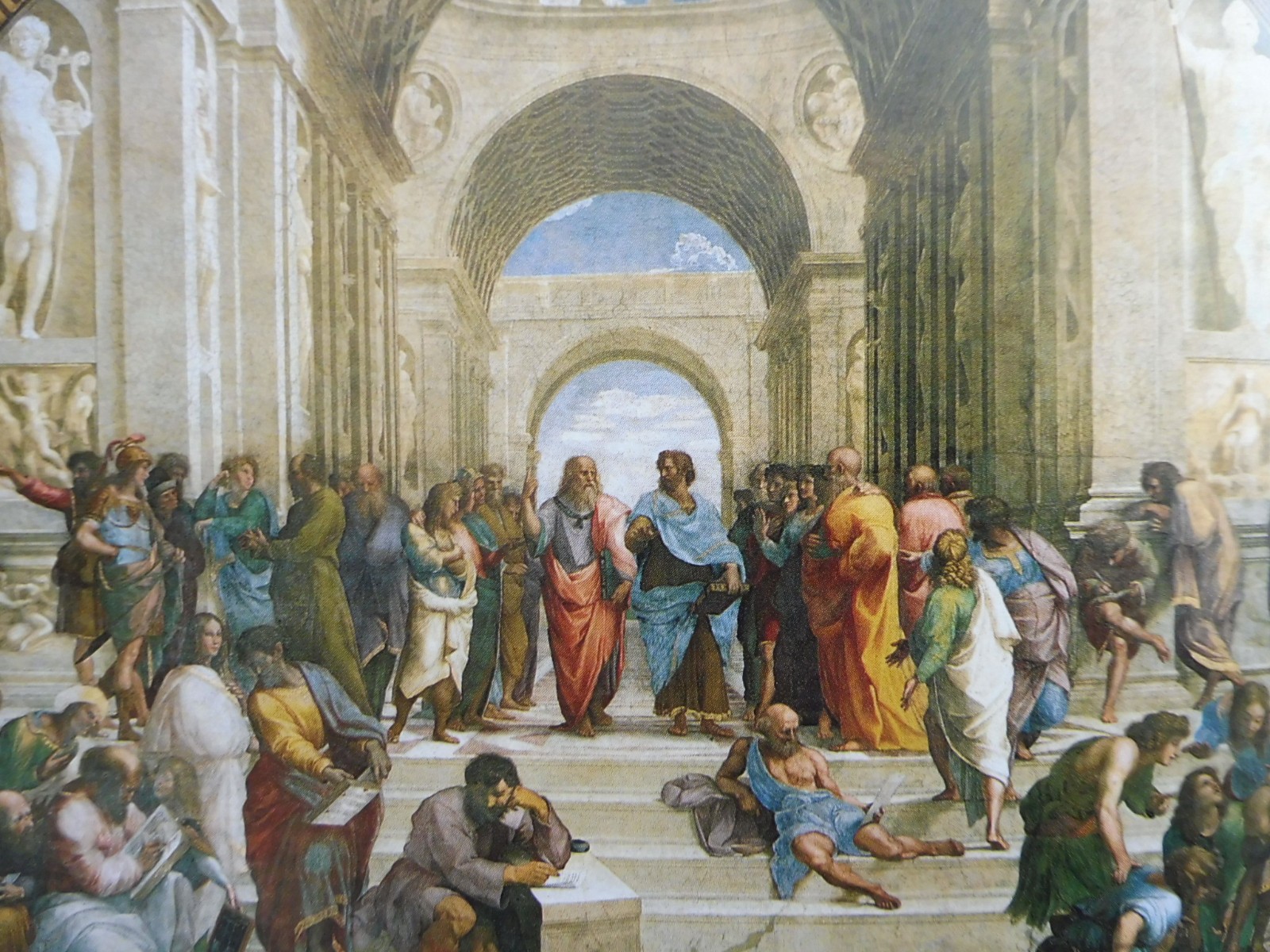Python学习笔记整理
前言
这个是之前自己看mosh的python教学视频做的笔记,一直留存在onenote里面,所以既然建了这个博客,就把这些笔记当时敲的基础代码发上来,记录下!!!当时只是粗略的记录下,所以只是写基本的概念!!
Python里的术语和概念
矩阵
列表【remove insert等改变,添加或删除列表中的数字】
元组
坐标
字典【对象】
自定义函数
实参
形参
关键字参数
返回值【ruturn】
try_exception
注释
类【class】
构造函数【self】
继承
模块
package【包】
目录【Path】【查找路径】【glob搜寻路径中的所有特定文件,】
相对路径
绝对路径
python网站的公开数据包
excel表格批量处理实战
机器学习【csv格式data文件】
music机器学习项目步骤(见下面分步),推送音乐等
网站开发【django】
Python机器学习的步骤
1.导入数据
2.整理清洁数据删掉无用的【分为input和output】
3.创建模型和算法【决策树】
4.训练模型
5.预测数据
6.修改算法
敲的Python代码
Pycharm里的练习
- 从hello world开始探寻世界
print("hello world")- input输入函数使用
name = input('what is your name? ')
print('hello '+ name)
- 教程里的根据用户喜好推送音乐案列
import pandas as pd
from sklearn.tree import DecisionTreeClassifier
music_data = pd.read_csv("music.csv")
X = music_data.drop(columns=["genre"])
Y = music_data['genre']
model = DecisionTreeClassifier()
model.fit(X, Y)
music_data
- 表示从p开始的所有词组,也就是完整句子
course = 'python for begainners'
print(course[0:])
- 表示从y开始后面的所有词组
course = 'python for begainners'
print(course[2:])
- 中括号和冒号代表和上面的字符串一模一样
course = 'python for begainners'
another = course[:]
print(another)
- 中括号和冒号代表和上面的字符串一模一样
name = 'zhangjinhui is coder'
another_name = name[:]
print(another_name)
- 格式化字符串
first = 'john'
last = 'smith'
message = first + ' [' + last + '] is a coder'
msg = f'{first} [{last}] is a coder'
print(msg)
- 把小写改成大写
python = 'zhangjinhui are good'
print(python.upper())
- 把大写改成小写
course = 'python for begainers'
print(course.upper())
print(course.lower())
- 找到字幕在句子中的位置
course = 'python for begainners'
print(course.find('a'))
- 替换词语,把逗号前面的改成后面的
course = 'python for begainners'
print(course.replace('begainner','abslutly begainners'))
在线软件Replit里练习
这些代码没有中文说明,只是把代码敲了一遍而已,不是像上面一样的!
name = ['tom' , 'lee', 'jack']
print(name[:3])
name = 'tom'
age = 18
is_new_painent = True
Number = []
Number.append(20)
Number.append(50)
Number.append('This is not fuck your business!')
print(Number)
num = 50
num += 50
print(num)
num -= 100
print(num)
num /= 100
print(num)
numbers = [1000,2000,3000,5000,1000000000]
print(numbers)
同上,下面的代码也是没有中文说明,以下是刚刚开始学习mosh关于python的视频笔记的时候记录的,算是最早记录的代码了,一边看,一遍敲!也是挺长的,不知道怎么排版了,很长!!高能!!!!!以下都是在Pycharm跟着敲的练习!
Pycharm里的练习
第一部分
command = ""
started = False
while True:
command = input("> ").lower()
if command == "start":
if started:
print('the car alreay started!')
else:
started = True
print('car started')
elif command == 'stop':
if not started:
print('car already stopped!')
else:
started = False
print('car stoped')
elif command == "help":
print("""
start to go
stop
quit
""")
elif command == 'quit':
break
else:
print('sorry i cant understand!')
第二部分
prices = [10,20,30]
total = 0
for price in prices:
total += price
print(f"total: {total}")
for x in range(4):
for y in range(3):
print((x,y))
numbers = [5, 2, 5, 2, 2]
for item in numbers:
print('x'* item)
numbers = ['1', '2', '3', '4']
max = numbers[0]
for number in numbers:
if number > max:
max = number
print(max)
matrix = [
[1, 2, 3],
[4, 5, 6],
[7, 8, 9]
]
for row in matrix:
for item in row:
print(item)
第三部分
numbers = [2, 4, 6, 8, 10]
numbers.append(30)
print(numbers)
numbers = [2, 4, 6, 8, 10]
numbers.insert(0,20)
print(numbers)
numbers = [2, 4, 6, 8, 10]
numbers.remove(10)
print(numbers)
numbers = [2, 4, 6, 8, 10]
numbers.clear()
print(numbers)
numbers = [2, 4, 6, 8, 10]
numbers.pop()
print(numbers)
numbers = [2, 4, 6, 8, 10]
print(numbers.index(10))
numbers = [2, 4, 6, 8, 10]
print(50 in numbers)
numbers = [2, 4, 6, 8, 6, 10]
numbers.sort()
numbers.reverse()
print(numbers)
numbers = [2, 4, 6, 8, 6, 10]
numbers2 = numbers.copy()
print(numbers2)
numbers = [2, 4, 6, 6, 8, 6, 10]
numbers2 = []
for number in numbers:
if number not in numbers2:
numbers2.append(number)
print(numbers2)
第四部分
可能但是有涉及后面用dj制作网站,所以跟着mosh老师一直敲,前面基础的多听几遍就还好,到后面dj搭建网站的时候,就有点听不懂了,但是代码还在跟着敲,所以就有了以下,有点乱且很长!!见谅!
coordinates = (1, 2, 3)
x,y,z = coordinates
print(x)
coordinates = [1, 2, 3]
x,y,z = coordinates
print(x)
customer = {
"name": "john smith",
"age": 20,
"is_veritify": True
}
customer["name"] = "jack smith"
print(customer["name"])
phone = input("phone: ")
digital_mapping = {
"1": "one",
"2": "two",
"3": "three",
"4": "four",
}
output = ""
for ch in phone:
output += digital_mapping.get(ch, "!") + ""
print(output)
message = input("> ")
words = message.split(' ')
emojis = {
"sunshine": "笑脸"
}
output = ""
for word in words:
output += emojis.get(word, word) + " "
print(output)
def greet_user(first_name,last_name):
print(f'hi {first_name} {last_name}!')
print('welcome aboard')
print("start")
greet_user("john","smith")
print("finish")
def square(number):
print(number * number)
print(square(3))
def emojis_converter(message):
words = message.split(' ')
emojis = {
"sunshine": "笑脸"
}
output = ""
for word in words:
output += emojis.get(word, word) + " "
return output
message = input(">")
print(emojis_converter(message))
try:
age = float(input('age: '))
print(age)
except ValueError:
print('Invalid value')
class Point:
def __init__(self,x,y):
self.x = x
self.y = y
def move(self):
print("move")
def draw(self):
print("draw")
point = Point(10,20)
print(point.x)
class Person:
def __init__(self, name):
self.name = name
def talk(self):
print(f"hi,i am {self.name}")
john = Person("john smith")
john.talk()
bob = Person("bob smith")
bob.talk()
class Mammal:
def walk(self):
print("walk")
class Dog(Mammal):
def bark(self):
print('bark')
class Cat(Mammal):
def be ananying
dog1 = Dog()
dog1.bark()
import converters
from converters import kg_to_lbs
kg_to_lbs(80)
print(converters.kg_to_lbs(70))
def lbs_to_kg(weight):
return weight * 0.45
def kg_to_lbs(weight):
return weight / 0.45
def find_max(numbers):
max = numbers[0]
for number in numbers:
if number > max:
max = number
return max
import utils
from utils import.find_max()
numbers = [10, 2, 6, 12]
max = find_max(numbers)
print(max)
numbers = [10, 2, 6, 12]
print(max)
from ecommerce import shipping
shipping.calc_shipping()
import random
for i in range(3):
print(random.randint(80,100))
members = ['john','mary', 'bob','mosh']
leader = random.choice(members)
print(leader)
import random
class Dice:
def roll(self):
first = random.randint(1,6)
second = random.randint(1,6)
return first, second
dice = Dice()
print(dice.roll())
from pathlib import Path
path = Path()
for file in path.glob('*'):
print(file)
import openpyxl as xl
from openpyxl.chart import BarChart, Reference
def process_workbook(filename):
wb = xl.load_workbook(filename)
sheet = wb["Sheet1"]
for row in range(2, sheet.max_row + 1):
cell = sheet.cell(row, 3)
correct_price = cell.value * 0.9
correct_price_cell = sheet.cell(row, 4)
correct_price_cell.value = correct_price
value = Reference(sheet,
min_row=2,
max_row=sheet.max_row,
min_col=4,
max_col=4)
chart = BarChart()
chart.add_data(value)
sheet.add_chart(chart, 'e2')
wb.save(filename)
print()
i="zhangjinhui"
print(i)
print(3+15)
结语
这就是当时的笔记,很乱哦,可能只是供我自己看看自己过去跟着学习的样子吧,别人看估计看不懂,当然大拿肯定是能看懂的啦!!哈哈,这就是当初在B站看mosh的6小时学python的视频教程,总共记得笔记和跟着敲的代码,放上来吧,记录下!!!
PEACE !







